Proper buddy check before every dive
At the diving center in Hurghada, during training as part of diving courses or recreational diving, we emphasize the buddy check of divers before diving. Most diving accidents or unpleasant events during diving begin at the surface, either at the stage of diving planning or by skipping the check of divers before entering the water. From the basic scuba diving course (OWD PADI), one of the elements of a future diver's training is conducting mutual inspections before each dive. It is very important not to skip this stage of preparation for diving after the diving course. It only takes a moment and allows divers to familiarize themselves with each other's equipment and find any problems in the assembly of the diving equipment. Shortcuts such as: BWRAF.
What are the stages of buddy check of divers?
B - BCD - we check whether we can add air to the BCD and release it using an inflator. This will allow us to check whether the medium pressure hose is properly connected to the inflator. If the connection is not correct and the cylinder is closed, it will not be possible to add air to the BCD. We also check whether the air can be released - different BCDs may have release valves in different places - it is worth knowing their location
W - weights - we check whether the diving partner has put on a weight belt or whether he has taken weight pockets, if he has a BCD with integrated weight. The weight belt should be able to be quickly released with one hand. It should unfasten to the right. The free end of the weight belt must not be tangled in such a way as to prevent easy unfastening and dropping of the weight belt. A common mistake, especially among beginner divers, is forgetting to put on a weight belt - buddy check will help eliminate this mistake
R - releases - we check whether all the BCD buckles are fastened and tightened to fit the BCD to the diver's body. It is very important to check the belt that holds the diving cylinder. If the belt is too loose, the cylinder will slip out of the BDC. In this case, it is easier to tighten the belt on a dive boat than in the water. To prevent the cylinder from slipping out of the BCD, it is worth wetting the belt before mounting the equipment - a wet belt is easier to tighten properly
A - air/regulator - before checking whether the diving regulators are working, it is worth checking whether the diving cylinder is open. The valves in the cylinders open to the left. If the cylinder is open, in the next stage we check the pressure in the cylinder (it should be about 200 bar), locate the partner's octopus (alternative air source) and either breathe from it ourselves or ask the partner to breathe from it. During this time, we look at the pointer on the manometer/pressure gauge. If it drops, it means that the diving cylinder was opened and then closed. If the pressure gauge needle - falls and returns to its original position during breathing, it means that the cylinder is only partially open. The needle on the manometer should not vibrate or drop visibly suddenly at any time during breathing.
F - final OK. We remind our partner about the mask, snorkel, fins and dive computer. Diving on the coral reefs in Hurghada takes place from diving boats, so after checking each other, divers go to the lower deck of the boat, from where they enter the water with a large step.
Perfect buoyancy of the diver
If we have a break from diving, new diving equipment or have previously dived in other waters (fresh lakes or a sea with low salinity), the next stage after entering the water will be to choose the appropriate amount of weights which influenced a buoyancy of the diver.
The amount of weights taken by a diver depends, among other things, on: the thickness of the diving suit (the thicker it is, the more weights), the type and size of the cylinder (aluminum cylinders require more weights than steel cylinders) and the salinity of the water (the higher the salinity, the more weights).
It is appropriate to take only as much weights as necessary. It is a mistake to take more load than necessary. If a diver overweights, it becomes difficult to maintain neutral buoyancy and proper trim position. The easiest way to recognize an overweight diver is by drooping legs and a lot of air in the BCD at shallow depths. The weights should be symmetrically distributed over the diver's body. Trim pockets in BCDs are used to help get the correct trim.
How to do a buoyancy check?
Fully equiped, we enter water too deep to stand. We let all the air out of the BCD and do not swing our legs. We make a long exhale - we should slowly start to descend. After inhaling, we should return to the surface with water up to eye level. Since we balance ourselves with a full cylinder, we must take into account that the air we breathe during diving also has its own weight, which we must balance by adding 2 kilograms, so that at the end of the dive when the cylinder becomes lighter (as the pressure drops) it will not bring us to the surface.
If we dive in Hurghada in the Red Sea, we should take into account the salinity. The Red Sea has a salinity of 28 to 42‰. For comparison: the Baltic Sea 2 to 12‰, the Adriatic Sea 4 to 38‰, the Indian Ocean about 34‰.
When training with us as part of a diving course at a diving center in Hurghada, you can be sure that we will teach you the proper buddy check or remind you of it if you are already a certified diver. We will also help you with your buoyancy control so that you always have the right amount of weights.
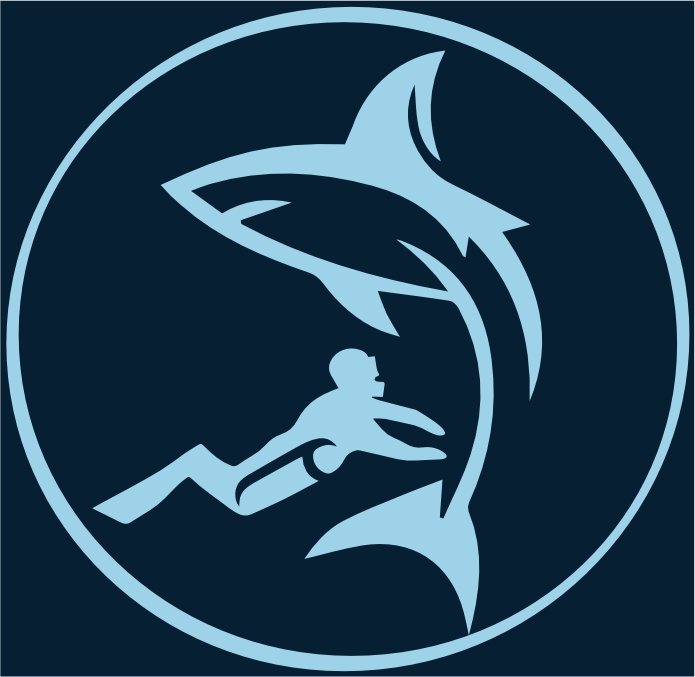
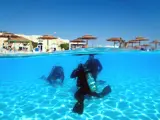
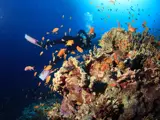
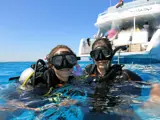
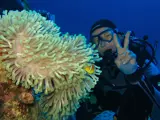
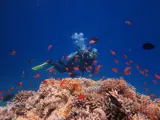
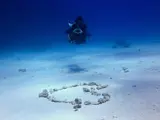
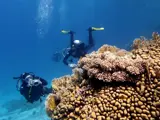
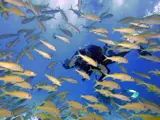
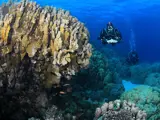
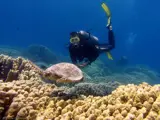
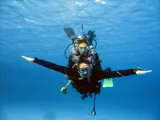
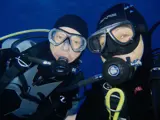
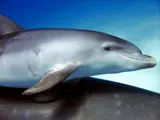
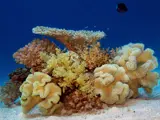
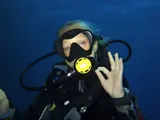
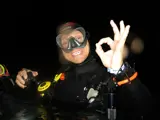
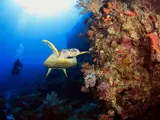
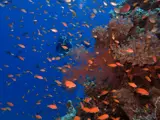
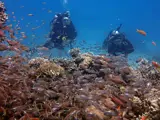
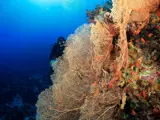
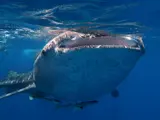
About the author
Pavla